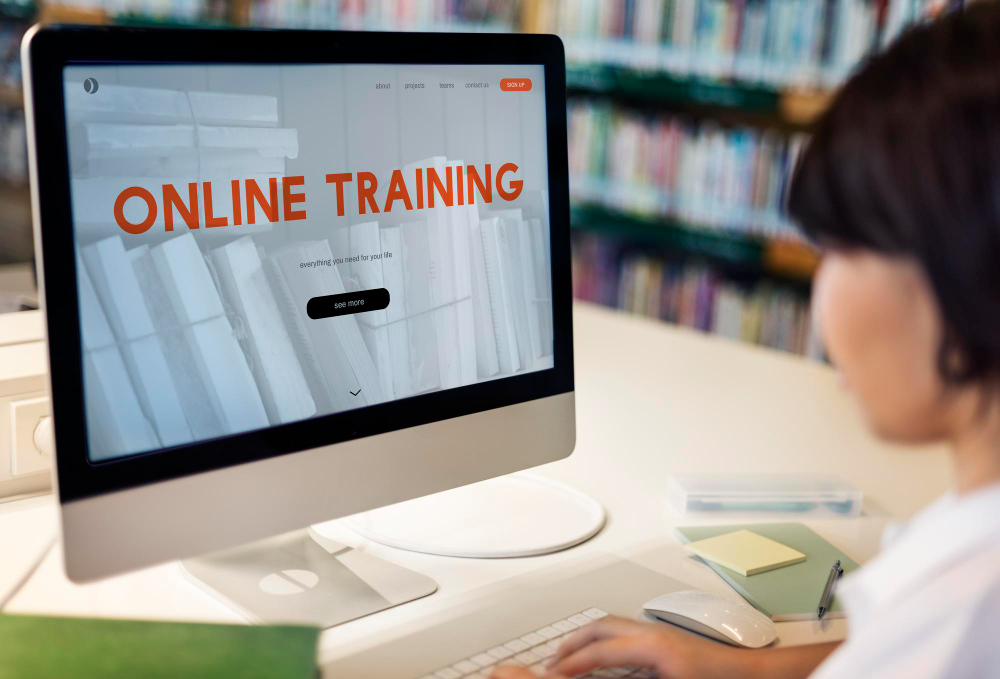
How to Develop eLearning Courses: A Step-by-Step Guide for Engaging Digital Learning
- Author: Urban Rotar
- Published:

How do I start developing an eLearning course?
Begin by defining clear learning objectives that align with your goals. Conduct a needs analysis to understand your audience, select a suitable LMS, and create engaging, multimedia content. Test and publish your course, then promote it effectively.
What is the importance of a Learning Management System (LMS)?
An LMS helps manage and deliver your eLearning content, track learner progress, and provide valuable analytics. Choose an LMS that supports your content and is user-friendly for both administrators and learners.
How can I make my eLearning course engaging?
Use a variety of content types like videos, images, and interactive quizzes. Incorporate real-world scenarios and examples, and ensure accessibility to cater to diverse learners. Regular updates based on feedback also keep content fresh and relevant.
In today’s digital world, traditional classrooms are no longer the only way to learn. More organizations, educators, and creators are turning to online education to deliver knowledge at scale. This article will guide you through how to develop eLearning courses—from planning and designing your content to choosing the right tools and keeping learners engaged.
What Is eLearning Course Development?
Definition of eLearning
Benefits of eLearning Courses
- Flexibility and accessibility for learners
- Cost-effective for institutions and businesses
- Scalable across multiple audiences
- Easily updated and maintained
When and Why to Choose eLearning

Key Instructional Design Models for eLearning
- Overview of the ADDIE Model
The ADDIE framework—Analysis, Design, Development, Implementation, and Evaluation—is one of the most trusted models for course creation. It provides a structured approach for developing eLearning courses that are effective and learner-centered. - SAM, Agile, and Other Approaches
Modern approaches like SAM (Successive Approximation Model) or Agile Learning Design prioritize speed and iteration, making them ideal for fast-paced environments. - Choosing the Right Model
For complex training modules, ADDIE is a safe bet. For rapid prototyping, Agile or SAM might be more suitable. The right model depends on your goals, timeline, and team structure.
Step-by-Step Process to Develop eLearning Courses
Step 1 – Analyze Your Audience and Goals
Start by understanding your learners:
- What is their prior knowledge?
- What skills or knowledge gaps are you addressing?
- What outcomes do you want to achieve?
Step 2 – Design Your Course Structure and Storyboard
Step 3 – Develop the Content with the Right Tools
Step 4 – Implement the Course on an LMS
Step 5 – Evaluate and Iterate Based on Feedback
Tools and Platforms to Create eLearning Courses
- Content Authoring Tools: Coursly.AI, Articulate 360, Adobe Captivate, Elucidat, Camtasia for screen recording and video tutorials
- LMS Platforms: Moodle, TalentLMS, Teachable, Thinkific, Smart Arena
- Media and Visual Tools:, Canva for graphics, Unsplash for royalty-free images, Powtoon for animations and explainer videos




